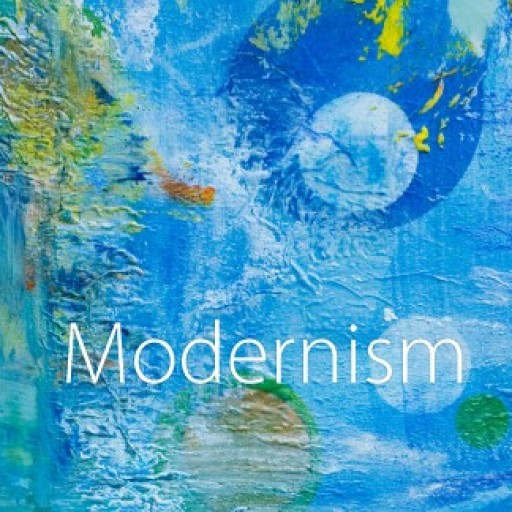The precise word usage in Jean Toomer’s “Nullo” creates an emotionally charged scene as well as a unique and personal image for the reader. Toomer’s first lines develop the image of the pine-needles for us. “A spray of pine-needles,/ Dipped in western horizon gold,/ Fell onto a path,” (1-3). I would like to look specifically at the verbs used in the first two lines. Both “spray” and “dipped” commonly have to do with water or other liquids. Ocean spray (not the cranberry juice) comes to mind when the pine-needles are brought up. The motion of the spray from a break of a wave in the ocean is vibrant. The water droplets are cast upward haphazardly and then left to drop downward and disappear back into the mass. We as readers can clearly perceive the same motion for the pine-needles. To add more detail to our image the pine-needles are also “dipped” in light. Objects are dipped in liquids, and by describing the light as gold Toomer brings forth another powerful image of liquid gold, bright and metal but also able to fill any space it is in like light or liquid. The pine needles are not completely covered in light but they are falling through the light like something passes in and out of a liquid in dipping. Now we have a clear image for just this moment in time and it is filled with life and clarity.
)
These water verbs give Toomer’s picture much more depth. The pine-needles are moving with the wind and onto the ground as water does when hitting the shore. Motion in nature mirrors itself and this is reflected in the first part of this poem. Not only that, but the image presented is also used to create a bond with the reader. When we continue on with the poem it becomes clear that we with Toomer in this experience: “Dry mounds of cow-hoofs./ In the forest./ Rabbits knew not of their falling,/ Nor did the forest catch aflame,” (“Nullo” 4-7). The pine-needles are just for us. The image we have of them is an exact moment of time missed by the inhabitants of the forest. The cows came too early and the rabbits were not aware. Not only was this event unnoticed, but it also has no lasting consequences to the forest as a whole. The pine-needles falling was an intimate experience and image that we as readers share with Jean Toomer and no one else. He is inviting us into his world, where he tends to also feel like an outsider. Toomer’s invitation for us to experience this poem is also his invitation for us to read Cane and experience the images that only he sees. The complexity of this image is revealed once we realize that it was written just for us. We see a short glimpse of his perspective that is unexperienced by anyone else.
Toomer, Jean, Rudolph P. Byrd, and Henry Louis Gates. “Nullo.” Cane: Authoritative Text, Contexts, Criticism. 2nd ed. New York: W.W. Norton &, 2011. 22. Print.

Leave a Reply